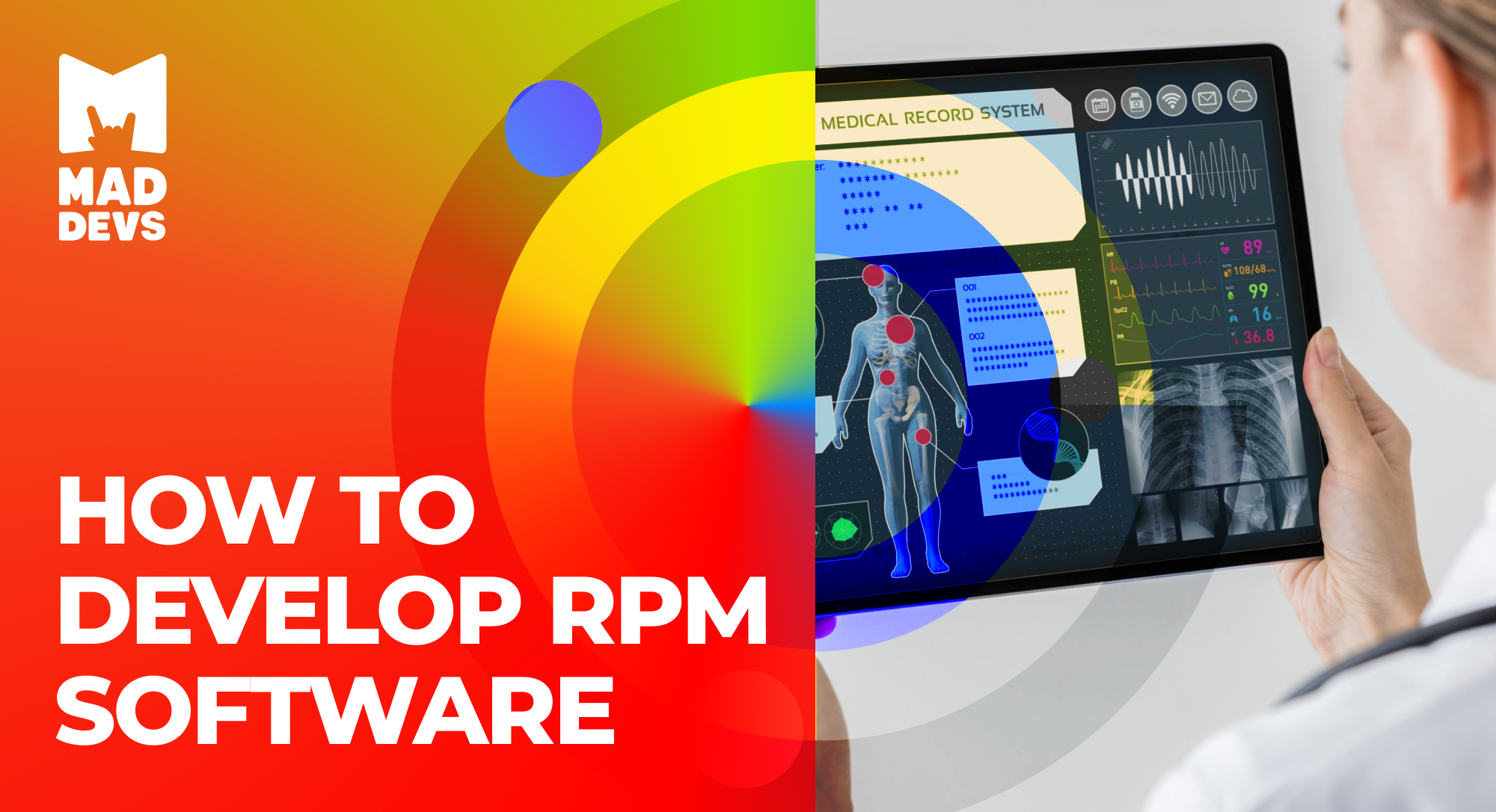Leading Remote Patient Monitoring Platform: Advanced Qualities and Conveniences
Leading Remote Patient Monitoring Platform: Advanced Qualities and Conveniences
Blog Article
The Future of Healthcare: Remote Client Monitoring Simplified
As medical care continues to advance, one location that holds immense promise is remote patient surveillance. With an emphasis on boosting person end results and improving healthcare delivery, remote surveillance is positioned to change the market.
Advantages of Remote Client Monitoring
Remote patient tracking presents a wide range of benefits for both medical care companies and clients alike. One significant benefit is the capacity to constantly keep track of clients' important signs and wellness data remotely. This real-time surveillance allows healthcare providers to identify any type of worrying adjustments or patterns quickly, leading to very early interventions and possibly stopping medical emergency situations. In addition, remote patient tracking enhances the total high quality of treatment by offering an extra detailed and holistic sight of individuals' wellness condition past conventional in-person gos to.
In addition, remote individual tracking can lead to improved patient outcomes and satisfaction. Remote surveillance can minimize the need for constant health center check outs, lowering medical care expenses for both companies and patients.
Modern Technology Driving Remote Tracking
In the realm of modern-day health care, technical improvements play a critical duty in driving the development and effectiveness of remote patient tracking. The integration of ingenious technologies such as wearable gadgets, mobile applications, and cloud-based platforms has actually revolutionized the method healthcare carriers remotely keep an eye on and take care of person wellness - rpm software. These innovations make it possible for constant real-time surveillance of vital indications, drug adherence, and other important wellness data, enabling prompt treatments and customized treatment plans
One key innovation driving remote surveillance is the Net of Things (IoT), which allows smooth connection in between clinical gadgets and medical care systems. IoT tools such as smartwatches and wireless sensors gather and transfer person data to centralized platforms, promoting remote monitoring from anywhere in the world. Man-made knowledge (AI) and artificial intelligence algorithms even more improve remote tracking by examining substantial amounts of patient information to spot patterns, predict health trends, and alert doctor to possible concerns.
Effect On Health Care Delivery
With the integration of advanced technologies driving remote person surveillance, the influence on medical care distribution is coming to be significantly profound and transformative. Remote person tracking enables doctor to use even more customized and aggressive care to patients, causing improved wellness results and decreased medical facility admissions. By from another location tracking crucial signs, signs, and medication adherence, healthcare professionals can intervene early, protecting against issues and enhancing the total high quality of treatment.
Additionally, remote tracking enhances accessibility to healthcare solutions, particularly for people in underserved or country areas. Individuals can obtain constant monitoring and assistance from their homes, eliminating the demand for frequent in-person visits. This not just saves time and lowers costs for both people and healthcare centers yet likewise decreases the risk of direct exposure to transmittable illness, an essential factor to consider in the current medical care landscape.
Additionally, remote individual tracking allows doctor to better allot resources and prioritize care based on real-time information. By recognizing high-risk patients and intervening promptly, health care shipment becomes more reliable and efficient, eventually causing an extra lasting and patient-centered medical care system.
Improving Person Outcomes

Moreover, RPM permits proactive management of persistent problems, lowering the probability of severe exacerbations and healthcare facility readmissions. Clients gain from increased convenience and convenience, as they can get care in their own homes while staying attached to their medical care companies. This continuous surveillance not only enhances patient contentment yet likewise fosters a feeling of empowerment and engagement in their very own health monitoring.
Future Trends in Remote Tracking
Embracing innovative modern technologies in remote individual monitoring is forming the future landscape of healthcare shipment. The future patterns in remote tracking are anticipated to revolutionize the means health care is offered, making it a lot more reliable and patient-centric. One considerable fad is the enhanced usage of wearable devices and sensing units to accumulate real-time data, allowing doctor to keep an eye on individuals continually without the requirement for constant in-person check outs. These tools can track crucial indicators, medication adherence, and task degrees, offering a thorough sight of the client's wellness status.

In Visit Your URL addition, telehealth platforms are ending up being more sophisticated, permitting online examinations, remote medical diagnosis, and remote individual monitoring all in one integrated system (best remote patient monitoring software). This alternative strategy to remote tracking is streamlining medical care shipment, enhancing client complete satisfaction, and eventually, boosting general quality of care
Final Thought
To conclude, remote individual monitoring offers countless advantages in medical care distribution, driven by improvements in technology. It has the prospective to enhance client end results and revolutionize the way healthcare is supplied. Future patterns in remote monitoring will certainly remain to form the landscape of medical care, supplying chances for more personalized and reliable client care.
Remote person tracking presents a multitude of advantages for both health care providers and people alike. Furthermore, remote patient surveillance improves the overall top quality of care by providing an extra alternative and detailed view of people' health and wellness status past traditional in-person visits.
Additionally, remote client monitoring can lead to improved individual outcomes and contentment. Remote client surveillance permits medical care suppliers to offer even more personalized and positive treatment to patients, leading to enhanced health results and lowered medical facility admissions. Remote browse around this web-site individual monitoring (RPM) plays a considerable duty in boosting person end results by providing constant, real-time information that enables health care carriers to intervene quickly and readjust therapy plans as needed.
Report this page